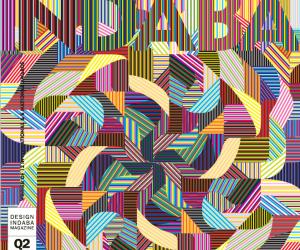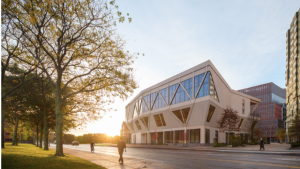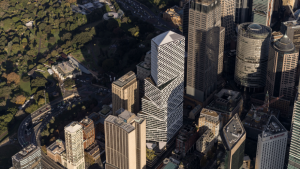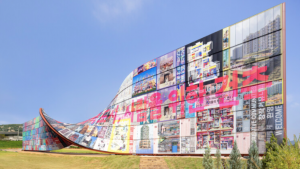First Published in
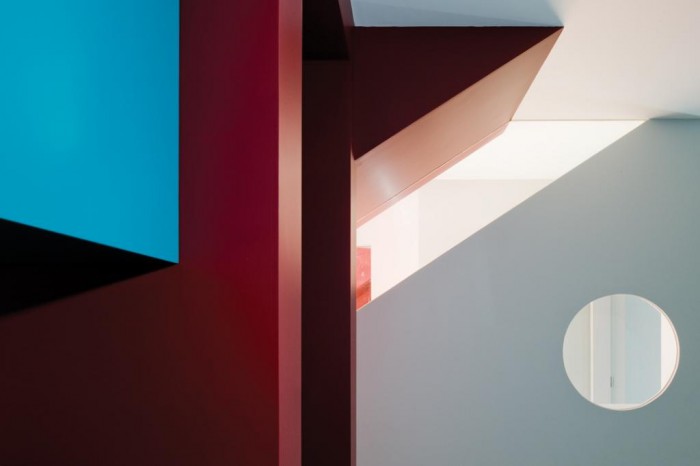
Sometimes it happens. Gentrification preys on small-row houses that suddenly turn from outcasts to highly enviable. As a result of historical accidents in the evolution of either small or big cities, what was once marked as socially invisible can reveal itself as alluring and eye-catching. This is the story of one such place.
With its view on the Oporto River in Portugal and one of its many bridges, this little house was indeed an attractive target for my architectural hand. Amazing as its cityscape was, the architecture of the house was poor and incomprehensible, except if considered in pure economical terms. Its single floor seemed impossibly full with kitchen, dining and two rooms. Openings were scarce and ungenerous. The cellar space was no more than a half-height forgotten hole.
In comes the architect, the wizard of Oz, to do his magic and create new ghosts to replace the old ones. At little more than 40sqm it was a stone shell that, stripped of its prior ghosts, could be turned into a highly desirable commodity. The place’s liveable area was magically tripled under the very same roof by expanding upwards and downwards.
On top, a bachelor pad is born, a spaceship for sex and sleep complete with a diving view onto the green and a sentinel’s lookout onto the sky. Below, the ground is excavated to create temporary rooms from which young sons can step up on to the private courtyard garden.
The entrance floor is totally demolished to reveal a hidden scenario welcoming a new way of life. Here, the architect does his thing and casts his spell: out goes Cinderella, in come the Transformers© and what looks like the paraphernalia of new manga heroes. The new inner landscape thus accommodates functional parasites that stand in stark contrast with the shell stripped bare.
Against the white, colourful geometric beings seem to emerge out of nothing: an entrance box pushes forward with an eye on things, a worm-like staircase perforates the house until it transforms into the skylight, a petrol green caterpillar flowers from the kitchen fitting on to the dining room sideboard.
These animals, let’s call them such, rest against the back entrance wall. As with everything in the house’s middle floor, they face three dissimilar apertures that have been cut down to the floor to let in the power ful view at uneven intervals.
Inwards and outwards, the house is now ruled by a new logic.

